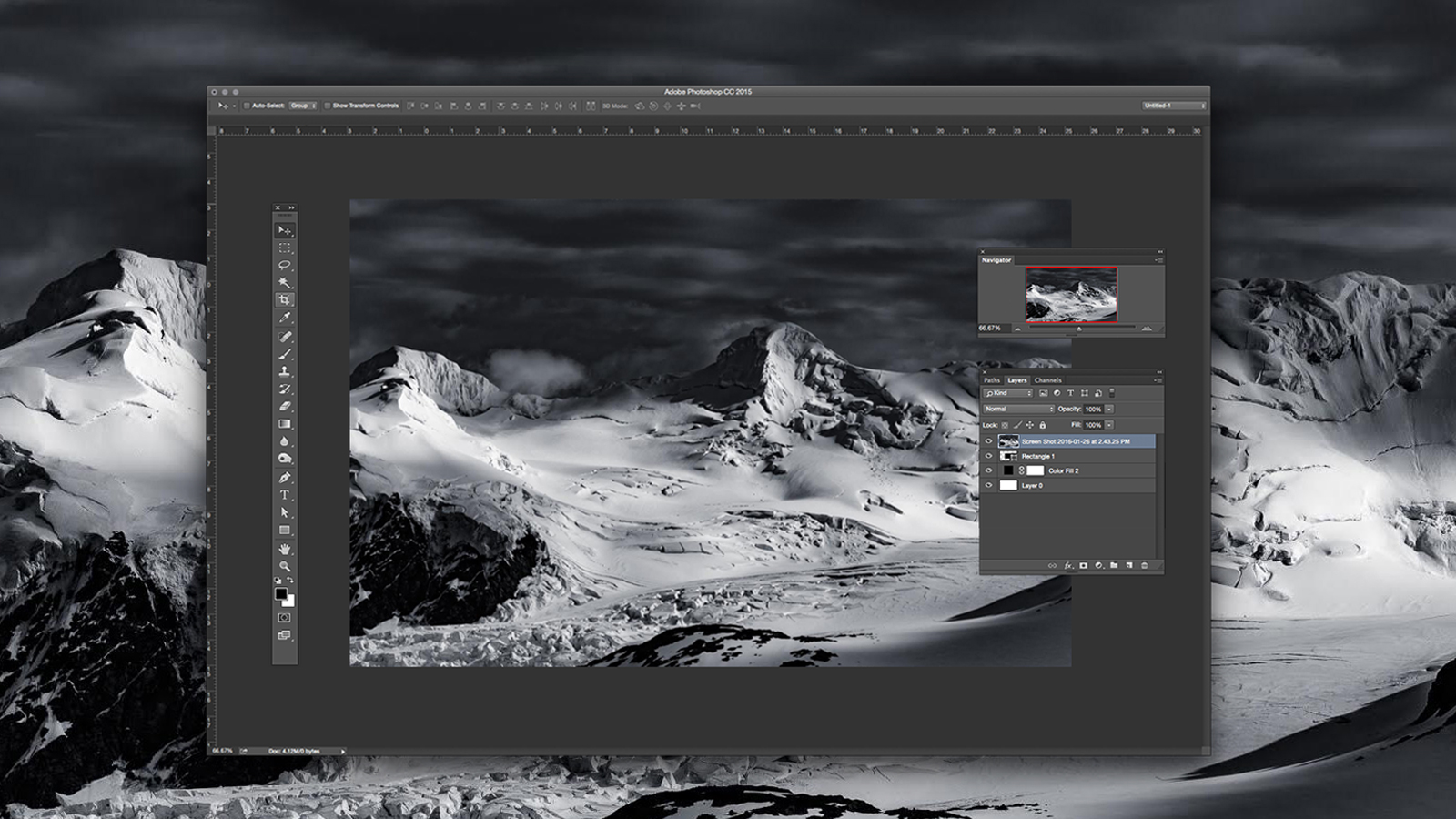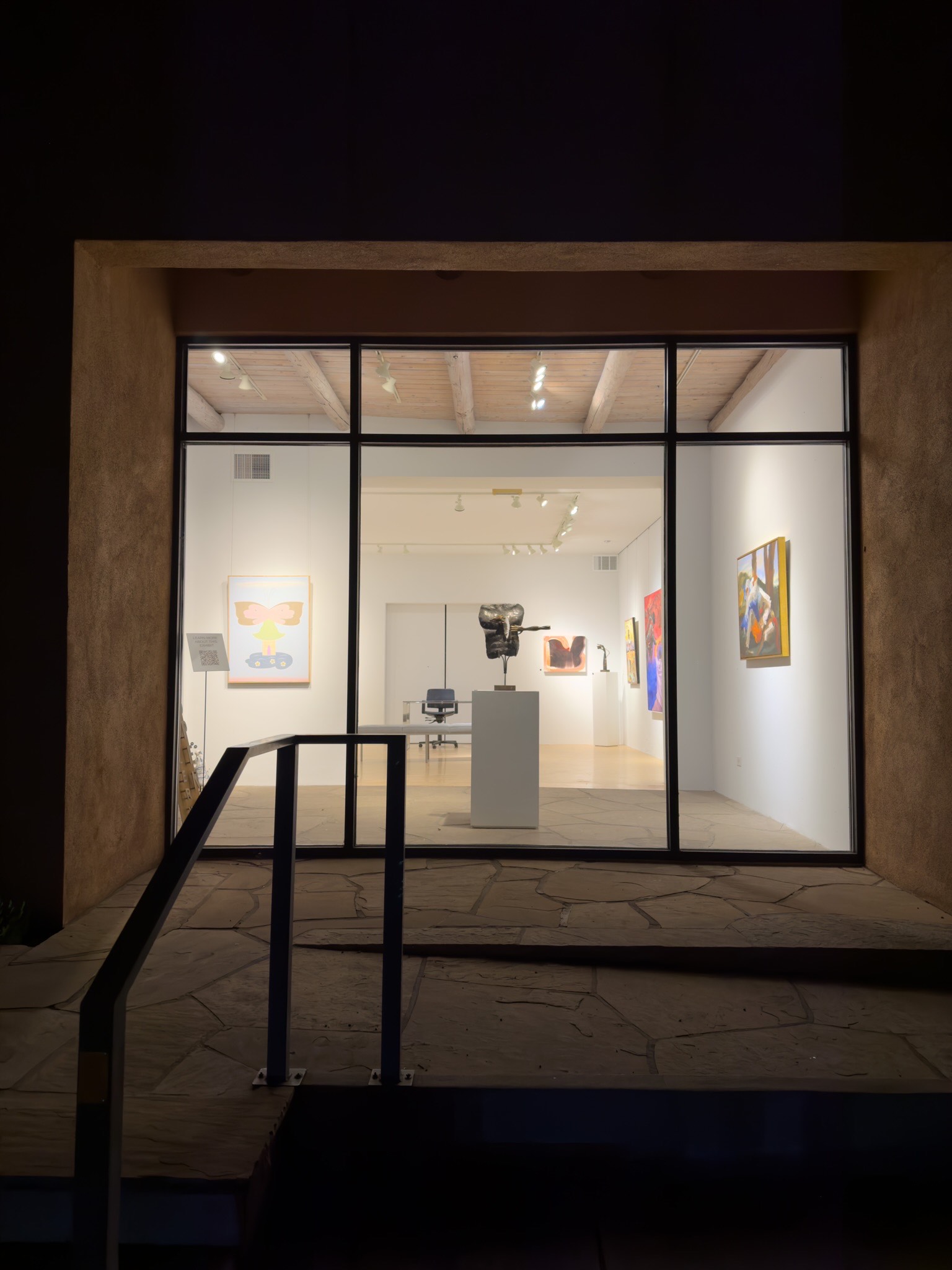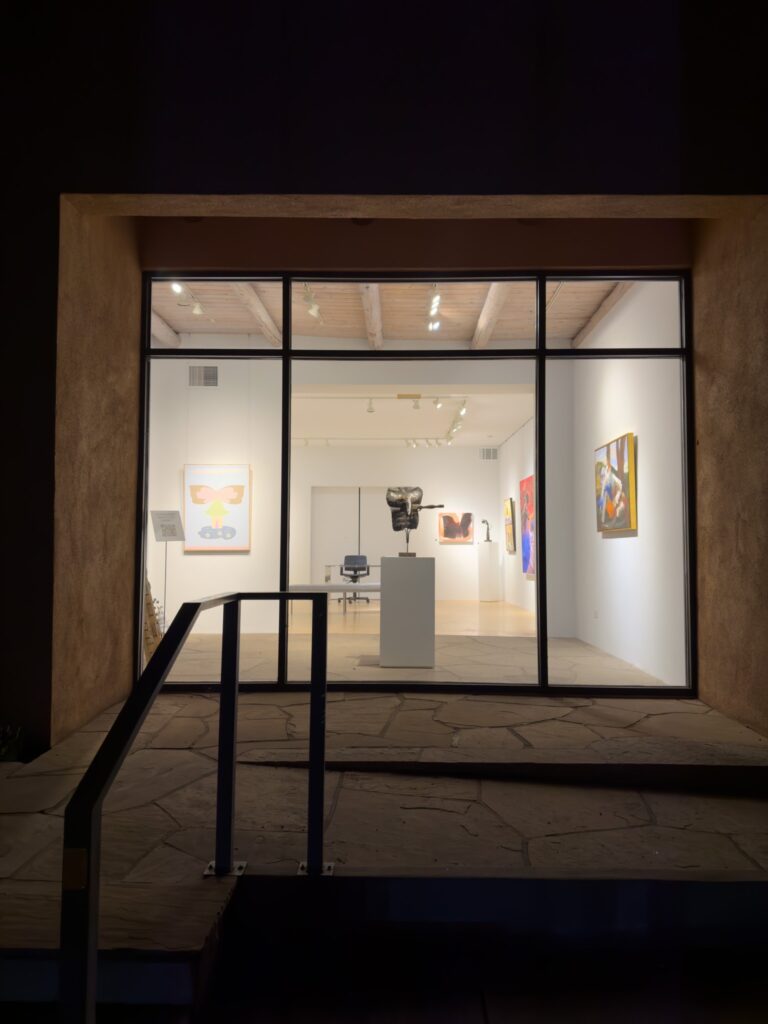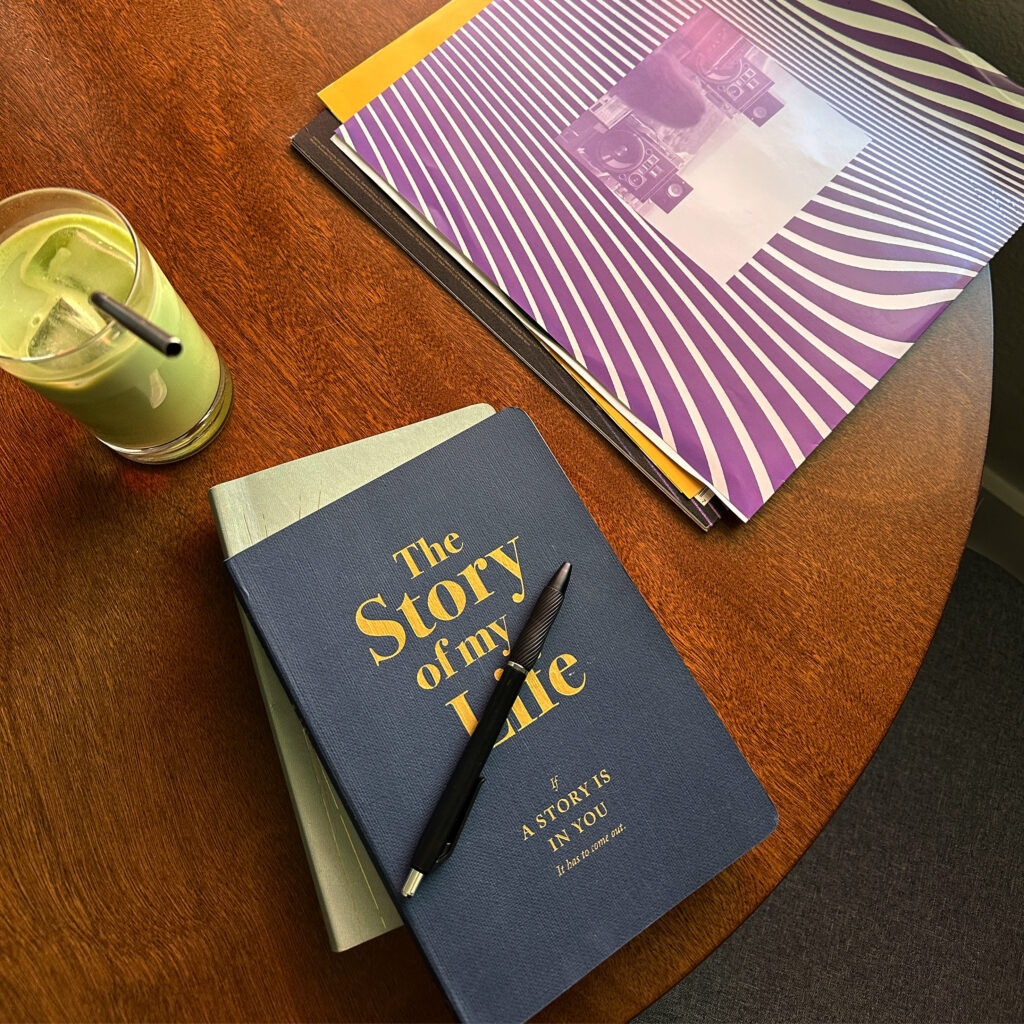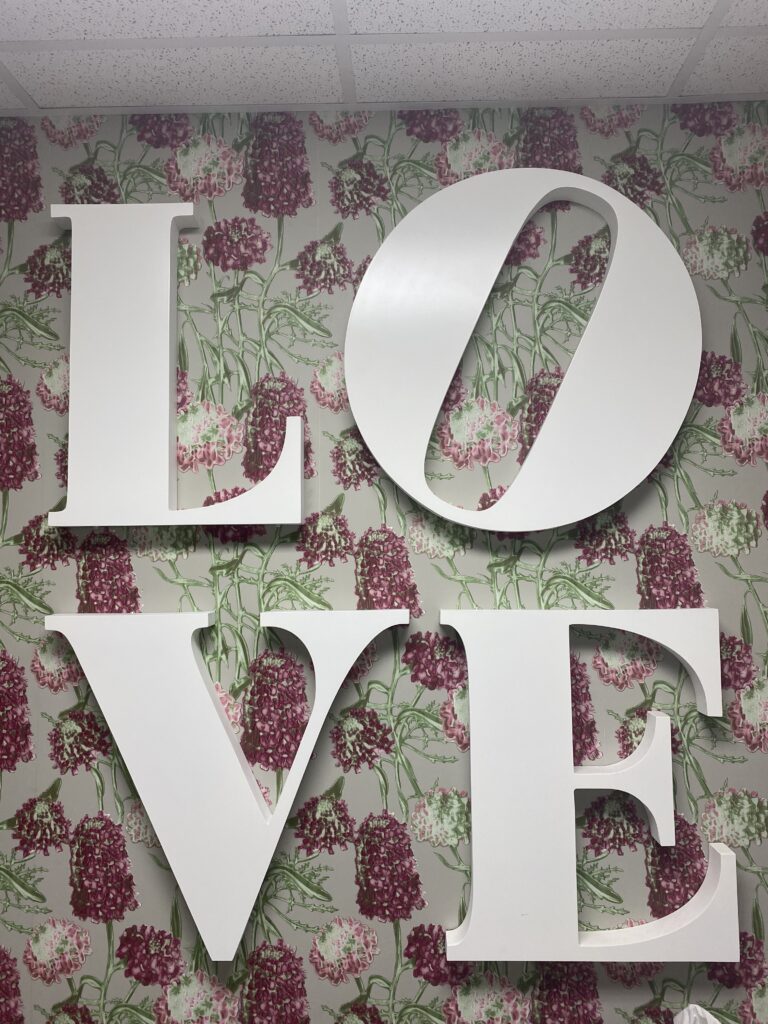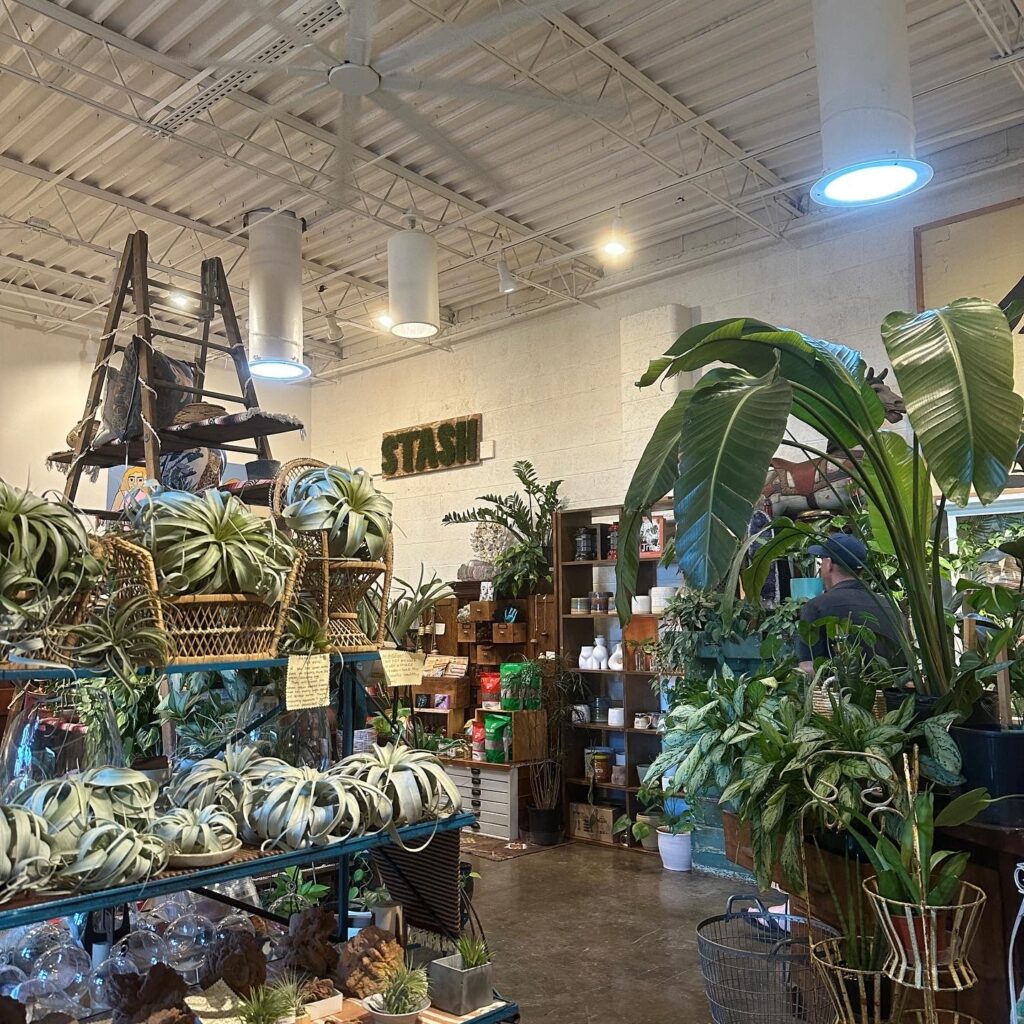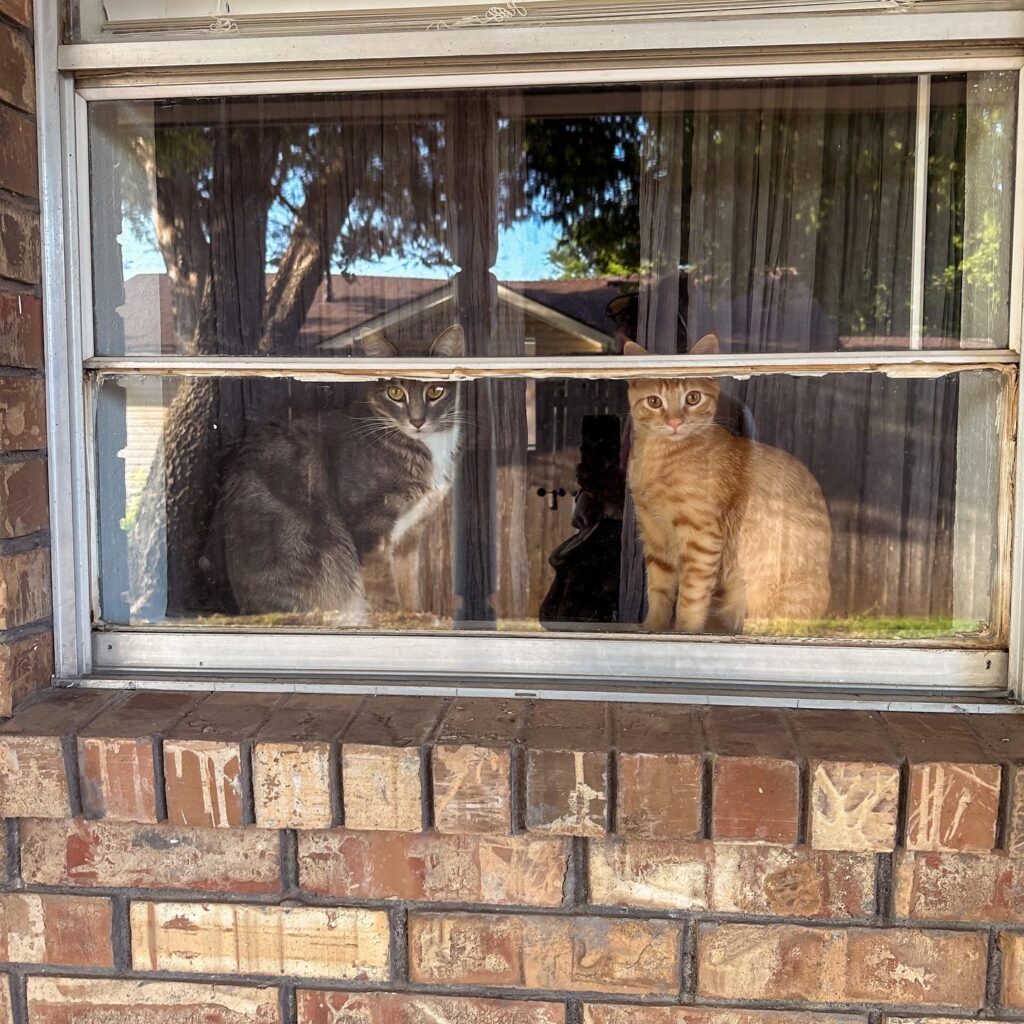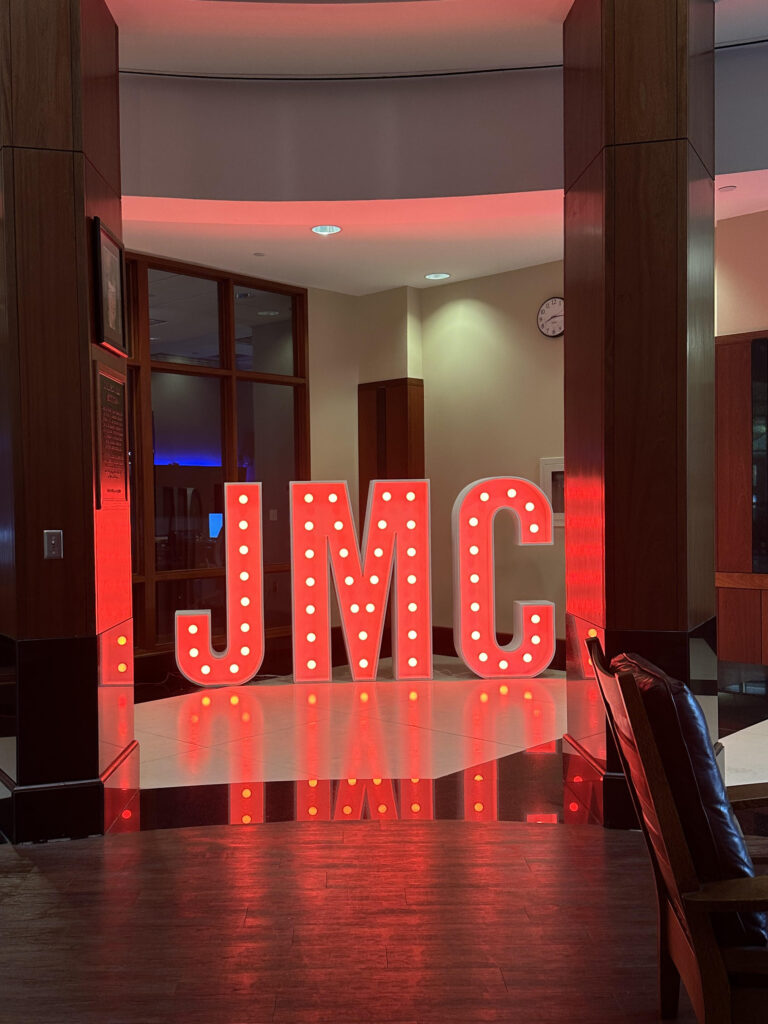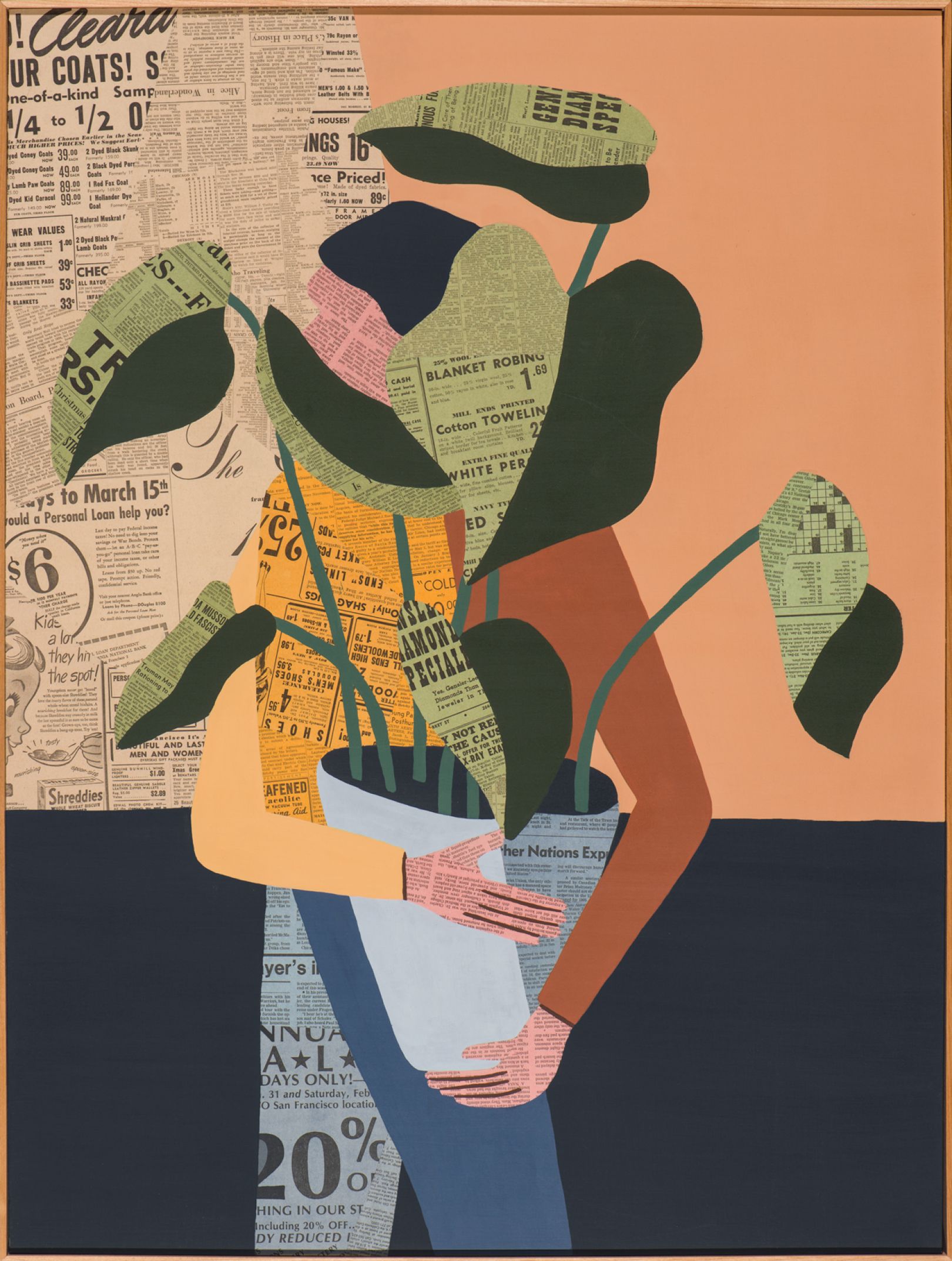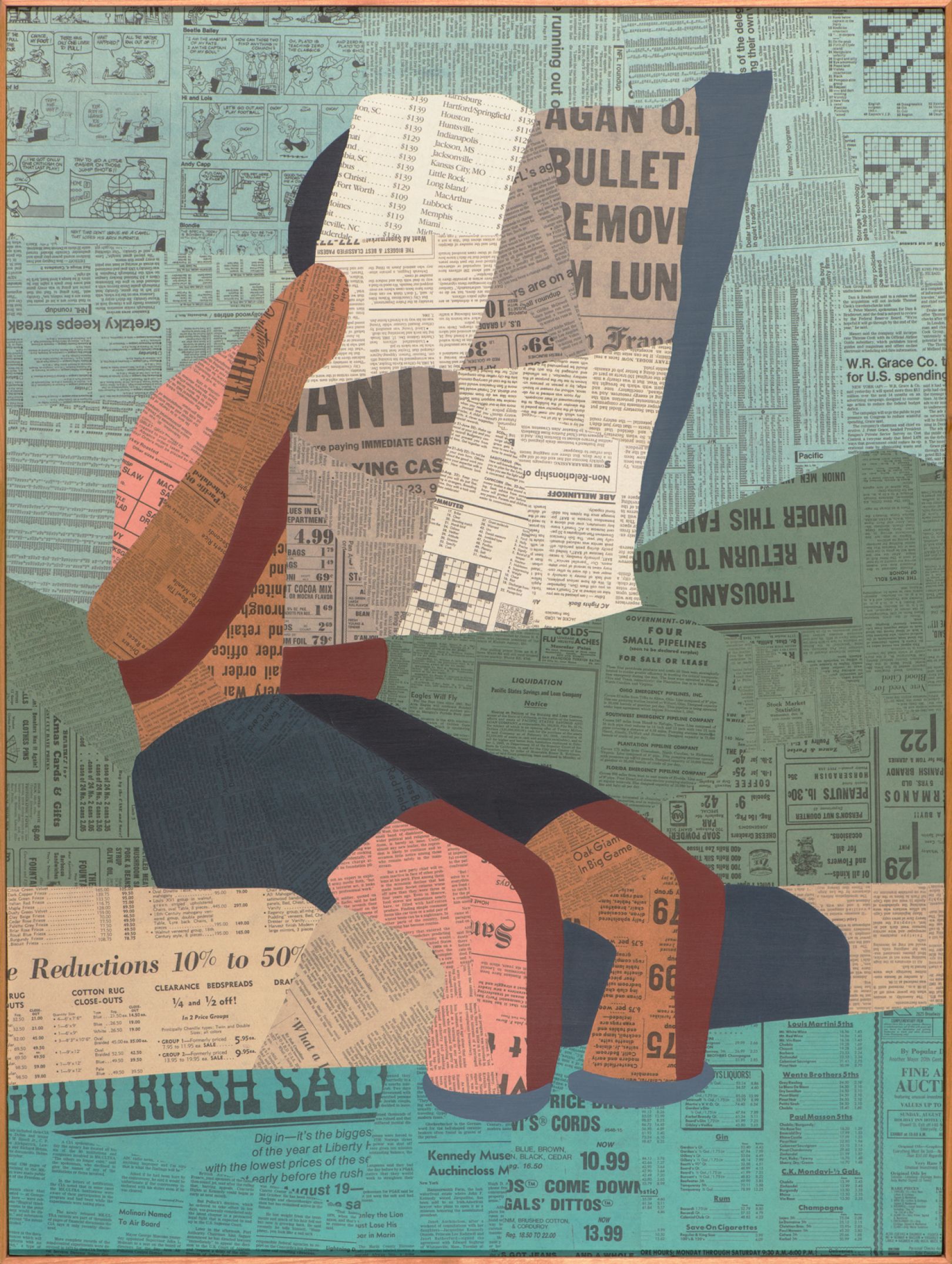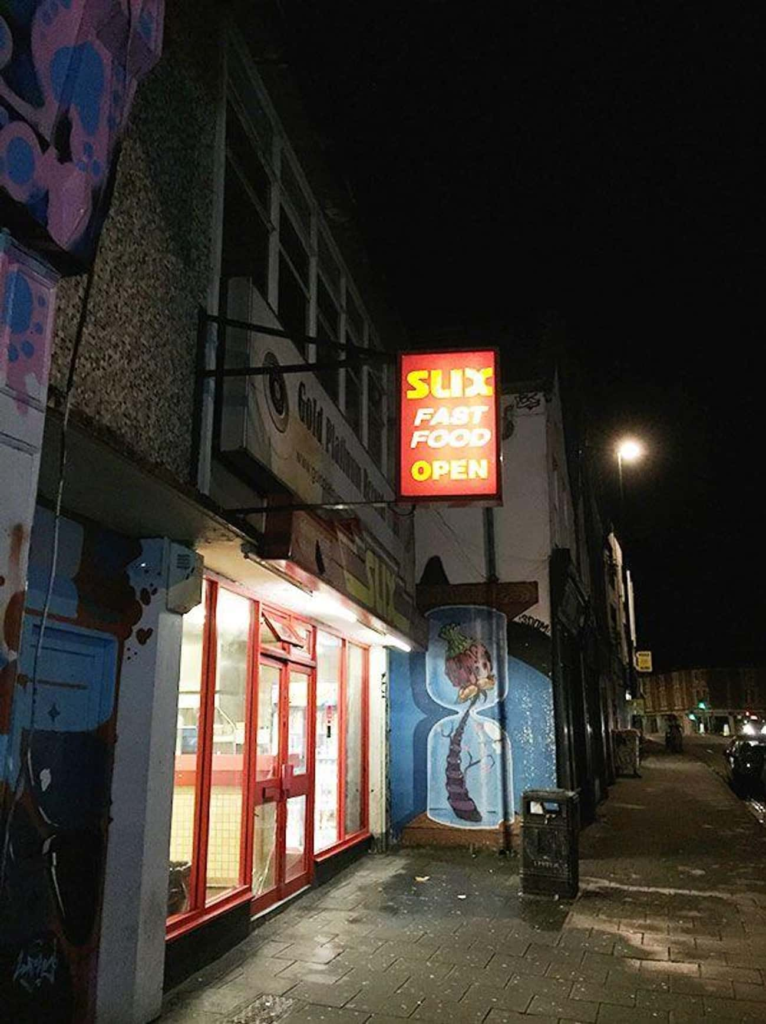Design can be a very daunting topic, especially for artistically challenged people like most of us. However, with programs like Adobe Indesign and Photoshop, you’ll never have to wonder if your design must rely on your sketching skills!

Adobe Photoshop

Adobe Indesign
Adobe Indesign: A brief overview
Adobe Indesign allows users to create documents across various platforms. Its primary focus is on page layout and, of course, design! I can create several documents with InDesign to fit my clients’ needs. Just to name a few, Indesign allows its users to make brochures, magazines, flyers, and many more. Another great feature I love with InDesign is the ability to size the document to my needs. When you open Indesign, there are a few different options on how you want your page to be set.
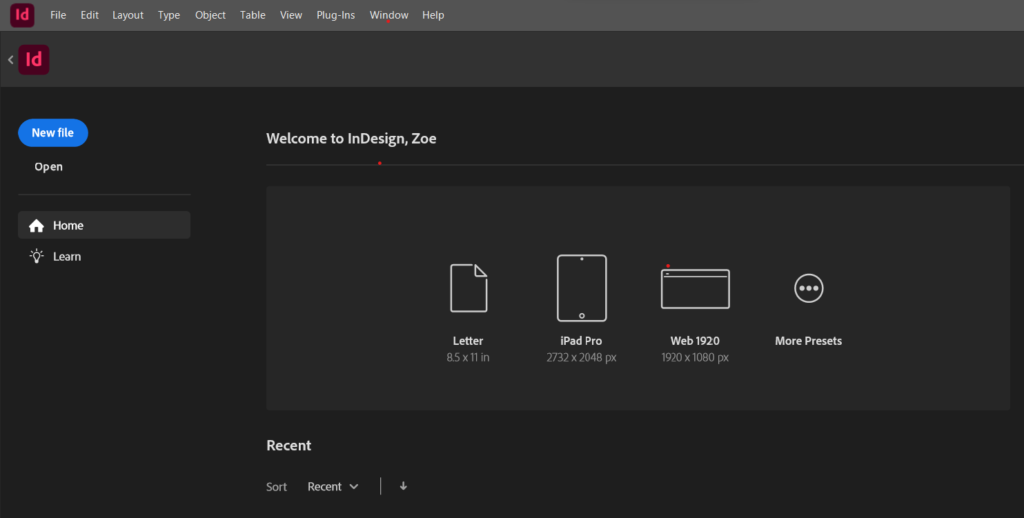
This option allows us to choose the best document option based on where we plan to utilize the project. This is a fantastic feature for me because I go between work from my iPad to my laptop, and they have different screen dimensions. I think this feature with Indesign is very adapted to our world, where work is not solely performed on a desktop anymore, and most organizations are cross-platform!
Along with the amazing page setup options, Indesign offers many design tools that can be unnerving initially. However, after the brief learning curve, I felt like any idea I had for my designs was feasible.
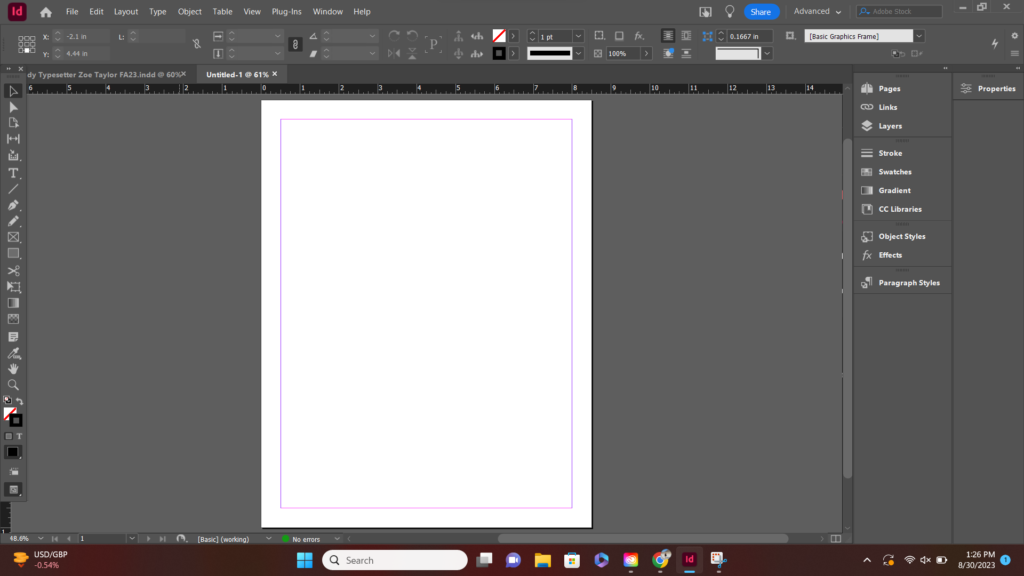
Here is just a brief look at how InDesign functions. That toolbar on the left has many options and could be overwhelming, but Adobe can provide significant resources to its users to aid in any technical difficulties! Once I learned the app’s mechanics, I now utilize almost every tool along the toolbar.
Needing help with Indesign? No problem.
Indesign through the application offers tutorials under the label “Learn.” Although most software provides this, I haven’t seen an application that promotes the idea of learning consistently with their program. I think that having the “learn” tab be a prominent feature of the home screen helps me, as a customer and user, feel that I have support and that it is normal not to be an Indesign pro on the first day! This is a unique aspect of any design software because it can quickly feel lost with all of the settings.
Becoming familiar with Adobe Photoshop
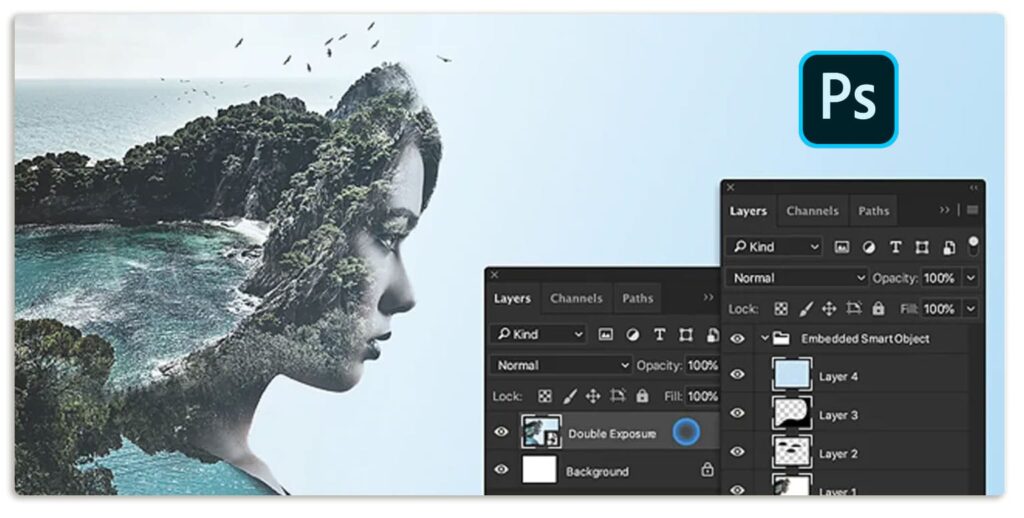
While Adobe has shined with Indesign, they offer another application that is just as valuable to PR, if not more. Think of PR campaigns, how polished everything looks, how there aren’t any shadows, and how the photos’ lack of business allows brands to focus on their messages. You can thank Photoshop for that! Photoshop allows users to eliminate any distractions in pictures, clean up edits, and ensure our designs and photographs align with the vision imagined for our campaigns and organizations.
Adobe Photoshop offers many settings and tools, such as cut, blur, a spot selection tool, and much more. Combined with a photograph or design, these tools are a way to clean up an image or transform it into something very powerful in displaying a desired message.
“Graphic design can be an integral part of public relations, from designing websites to social media graphics. Chances are Adobe Creative Cloud has an app to help you create content.”
Jenna LaBorde, “Utilzing Adobe Creative Cloud”
What makes Adobe Photoshop and Indesign unique?
As we briefly touched on before, Adobe generally offers excellent user support. They acknowledge that these programs can be challenging to learn by providing step-by-step tutorials for almost everything. Both applications have a “learn” option, where users can have an interactive experience when asking questions about the Adobe applications.
Another critical aspect is the community of Adobe users. Throughout my time using these applications, I have found a TON of information through YouTube videos, Linked In learning, Reddit, and other resources. This sense of community and helping each other perfect our skills is another thing that truly sets Indesign and Photoshop apart from other applications.
We’ve got the tools; now, how do we use them?
A great application is just the beginning of becoming a great designer. Designing takes planning and lots and lots of trial and error. Design is not a situation where you can get the best design your first go around. For a great design, the designer must utilize elements such as proportion, coloring, and dominance. Combining knowledge of design and programs is essential to using design in PR and ensuring your design is the best for your organization!


